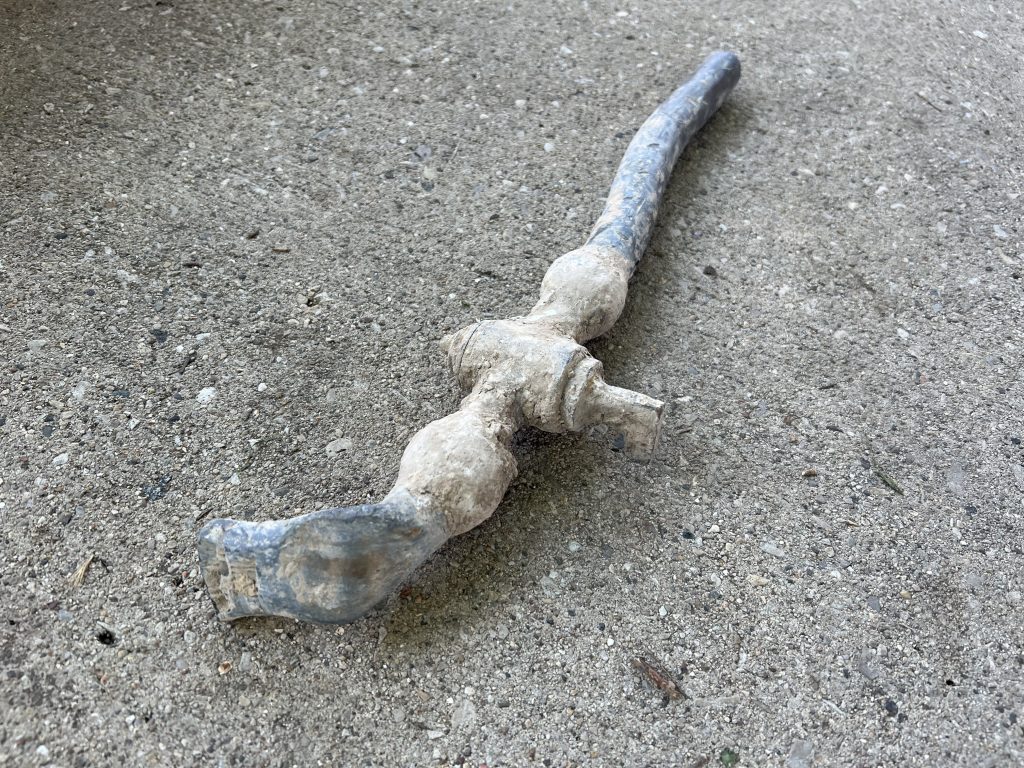Supply Chain Slows Lead Service Lines Replacement
Due to shortage of parts, city may complete only 900 of 1,100 planned 2022 replacements.
Milwaukee’s effort to replace all its lead services lines hasn’t been helped by the COVID-19 pandemic. By the end of 2022, the city will have failed to meet its replacement target in three consecutive years.
“We are on pace to replace over 900 services this year,” said Milwaukee Water Works (MWW) Superintendent Patrick Pauly to the Public Works Committee on Sept. 28. But the city-owned utility was budgeted to do 1,100.
Pauly said the utility, which used to be able to order with 30-day lead times, is now being told to expect up to one-year lead times. “This issue is not going away any time soon,” he said. The superintendent said large orders were placed to increase the number of parts the utility keeps on hand.
After replacing 1,000 lines in 2019, the utility replaced 888 lines in 2020 and 984 in 2021. There are approximately 66,600 lead service lines, commonly called laterals, remaining in the city.
The city, since 2017, has mandated replacement of both publicly-owned and privately-owned portions of the service line in three situations: when there is a break, when the property is occupied by a childcare center and when the adjoining water main is replaced. In 2020, the city also began replacing lead laterals during major infrastructure projects like the rebuilding of a street. MWW replaces the childcare service lines for free. In the other situations, the city charges property owners a maximum of $1,723 (one-third of the private side cost), which can be paid over 10 years. The average full replacement cost, through June 30, was $10,177 according to Pauly’s report.
There is potential help on the way in the form of federal funding. The Bipartisan Infrastructure Law will provide the state $48 million next year for lead service line replacement, with more allocations to follow. President Joe Biden‘s infrastructure czar Mitch Landrieu joined Pauly, Mayor Cavalier Johnson and other officials in July to tout the bill and look at a southside lateral replacement project. Vice President Kamala Harris visited a Milwaukee job training center in January, touting the benefits of workforce training programs related to the law.
“What we have talked about is creating a prioritization plan for services and replacing them on a planned basis outside of any public improvement project,” said Pauly. He said he thought the strategy would score well with the Wisconsin Department of Natural Resources’ anticipated system.
It would allow the city to strategically execute more replacements. Pauly said the number of breaks, the primary situation where service lines are replaced, is holding steady at approximately 550 to 600 per year. Road-construction-related replacements fluctuate with the timing and scale of those projects. Water main replacements are increasingly occurring for failing pipes from the 1950s and 1960s, a period when the city had started using copper instead of lead on service lines.
But how many more service lines would a new plan allow the city to target? “We don’t know what type of award we are going to receive from the state,” said Pauly.
The first funds are expected to be provided in late summer 2023. The city is budgeting to replace 1,200 service lines next year.
Any house built before 1978, which accounts for most of the houses in the city, is likely to include lead paint. The last lead service line in the city was believed to be installed in 1962. City officials have repeatedly insisted that lead paint is the biggest danger, but that no amount of lead is safe for people. Interior plumbing, beyond the service line, is also likely to include lead. Individuals concerned about lead poisoning can learn more about lead-safe filters and testing on the MWW website. MWW also maintains a database of properties with known lead service lines.
Legislation Link - Urban Milwaukee members see direct links to legislation mentioned in this article. Join today
If you think stories like this are important, become a member of Urban Milwaukee and help support real, independent journalism. Plus you get some cool added benefits.
Related Legislation: File 220588
























